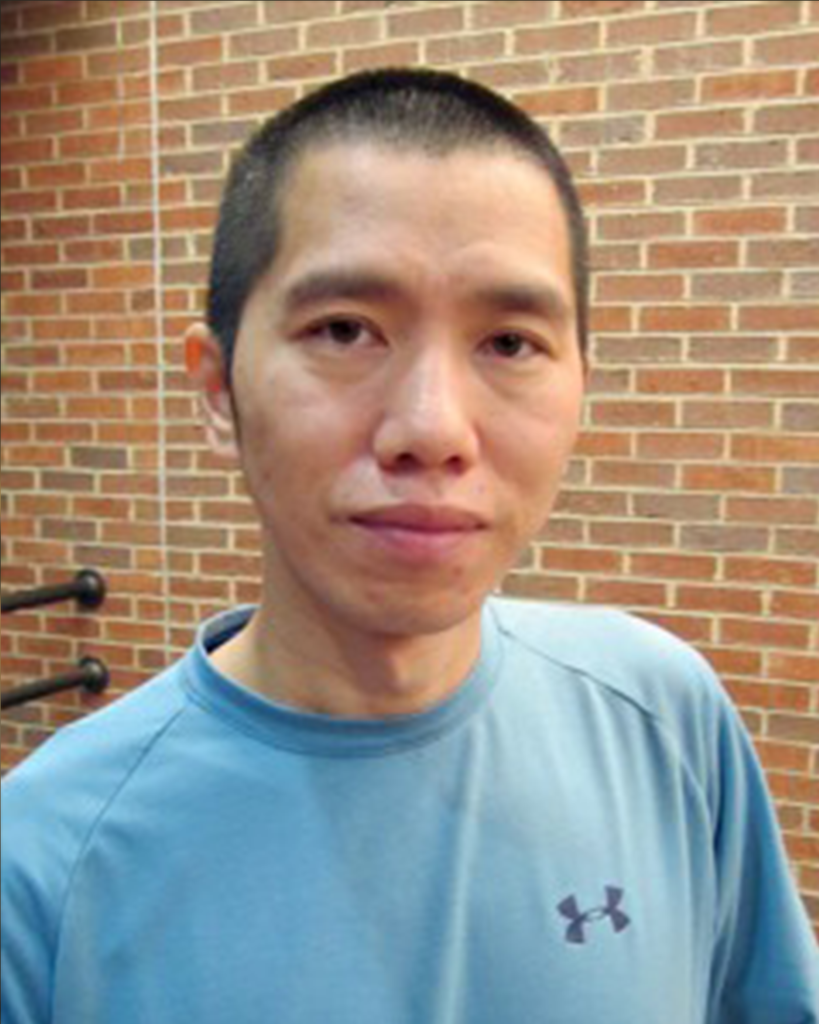
Tongye Shen
Associate Professor, BCMB
email: [email protected]
Work: 865.974.4088
Address:
Office: Mossman 303, (865-974-4088)
Lab: Mossman 316
1311 Cumberland Avenue
Knoxville, Tennessee 37996-1939
Education and Biography
Ph.D. Physics (Biophysics), University of California-San Diego
Research Interests
We specialize in using statistical and soft matter physics methods and advanced computational tools to understand stabilities and dynamic transitions of various molecular and cellular biosystems, from single biomolecules, assemblies, to cell dynamics. We are particularly interested in mechanical structures at the nanometer to micrometer scale. Our research spans from internal motions of biomolecules (often near equilibrium) to subcellular assemblies and cell aggregation, which can be far-from-equilibrium systems. These nanoscale “molecular machines” are not only quite complicated structurally, but have evolved intriguing functions responding to many environmental pressures. It is both fun and important to answer questions such as: How stable and robust are their functions? Under what conditions will they fail? How quickly can such molecules carry out their functions? How does a molecule actually pick out one unique, or maybe a few conformations, from an astronomical number of possibilities? How do those molecules or cells communicate, synchronize their actions or assemble into a complicated super structure? While it is essential to synchronize with important experimental developments, to answer the above questions, our approaches are primarily theoretical. Starting from appropriate Hamiltonians and/or dynamic rules of assembly, we use computational methods to tackle these complex problems. The aim is to obtain physical properties that characterize how stable certain states of the system are, and how fast or frequently the system will change from one state to another during its stochastic exploration. Such approaches can bring insights that are complementary to those obtained by experimental biologists. Currently, we work on several challenging problems, including i) cell swim/swarm and cell-cell communication, ii) how biomolecules function in extreme environments, iii) nonequilibrium dynamics of cell structures, and iv) signaling by co/post-translational modifications and protein-ligand/protein/polysaccharide interactions.
Home page: http://www.bio.utk.edu/shen/
Publications
Johnson, Q.R., Lindsay, R.J., Raval, S.R., Dobbs, J.S., Nellas, R.B., & Shen, T. (2014) Effects of Branched O-Glycosylation on a Semiflexible Peptide Linker, J. Phys. Chem. B., 118(8), 2050-2057.
Nellas, R.B., Johnson, Q.R., & Shen, T. (2013) Solvent-Induced alpha- to 310-Helix Transition of an Amphiphilic Peptide, Biochemistry 52(40), 7137–7144.
Shen, T., Qi, X., & Nellas, R.B. (2013) Nucleation Dynamics of Active Particles, J. Phys.Chem. B 117(42), 12844–12849.
Qi, X.H., Nellas, R.B., Byrn, M., Russell, M.H., Bible, A.N., Alexandre, G. & Shen, T. (2013) Swimming Motility Plays a Key Role in the Stochastic Dynamics of Cell Clumping, Phys. Biol. 10, 026005(1–9).
Johnson, Q.R., Nellas, R.B., & Shen, T. (2012) Solvent-Dependent Gating Motions of an Extremophilic Lipase from Pseudomonas aeruginosa, Biochemistry 51, 6238–6245.
Yao, J., Nellas, R.B., Glover, M.M., & Shen, T. (2011) Stability and sugar recognition ability of ricin-like carbohydrate binding domains, Biochemistry, 50, 4097–4104


